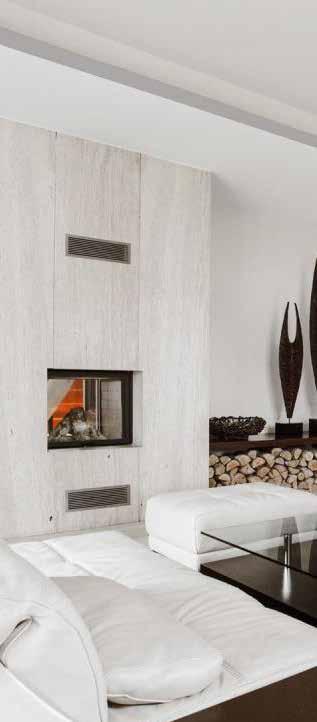
3 minute read
INTERIOR DESIGN
Hidden But Heard.
Today’s audio-visual equipment for the home turns up the volume on sound – and ingenuity.
Advertisement
SOURCES
Noble Designs saranobledesigns.com
In-Tone Integrative Music & Media Services in-tone.com
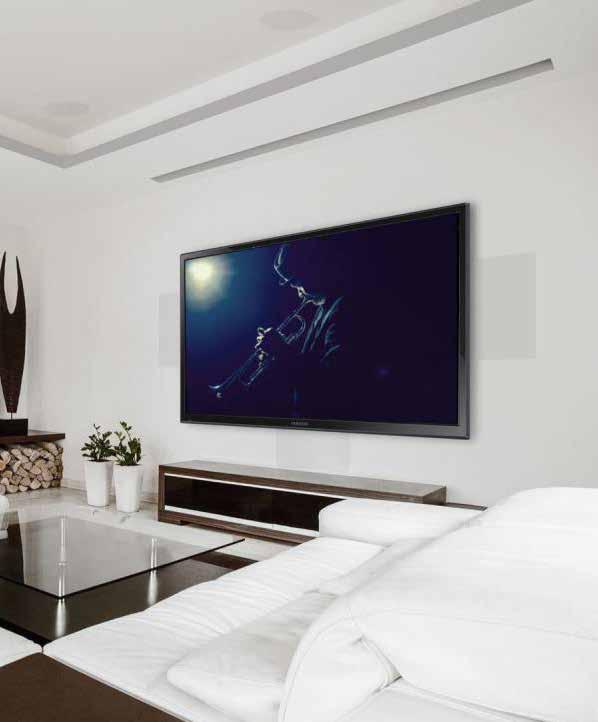
No doubt you’re familiar with the old-fashioned saying about children: “…they’re best seen but not heard.” But when it comes to new display devices and sound systems, the opposite is true – and cranked up to 11.
“While speakers and televisions provide lots of desired function, we try to keep the tech stuff as discreet as possible for the aesthetics and overall feeling of the room,” says interior designer Sara Noble, owner of Noble Designs in Leawood.
Indeed. There’s definitely a bet-ya-can’t-see-it element to most interior designers’ portfolios these days for all things AV. Minimalism is the maxim for music and movies.
Now there are options to install speakers behind walls that aren’t even visible. Televisions can be concealed in furniture.
“We worked on a home that has the kitchen TV come out of the counter,” Noble says.
To her and other interior designers, it’s important to collaborate with audio-visual designers from the get go. They help guide the wiring and planning that are often needed before the drywall even goes up.
“Making these decisions early and incorporating them into our designs is crucial,” Noble says. “Because the worst thing we could do is design a beautiful theater room that doesn’t have the proper sound or picture.”
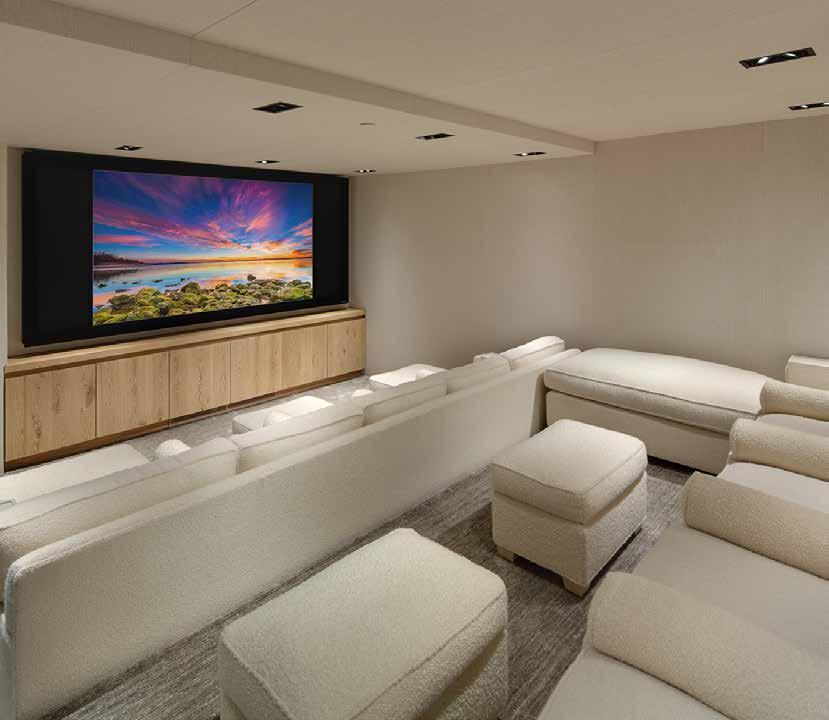
Maserati of Kansas City
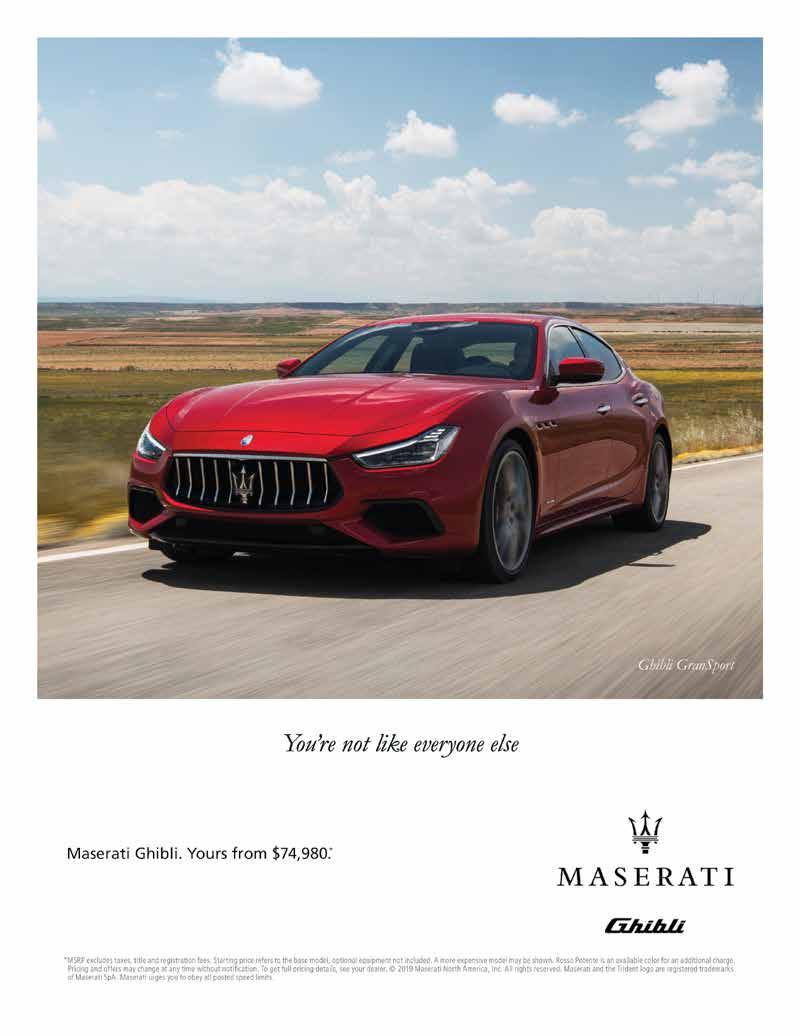
9410 West 65th Street
913-677-3300 maseratiofkansascity.com
EVOLUTION
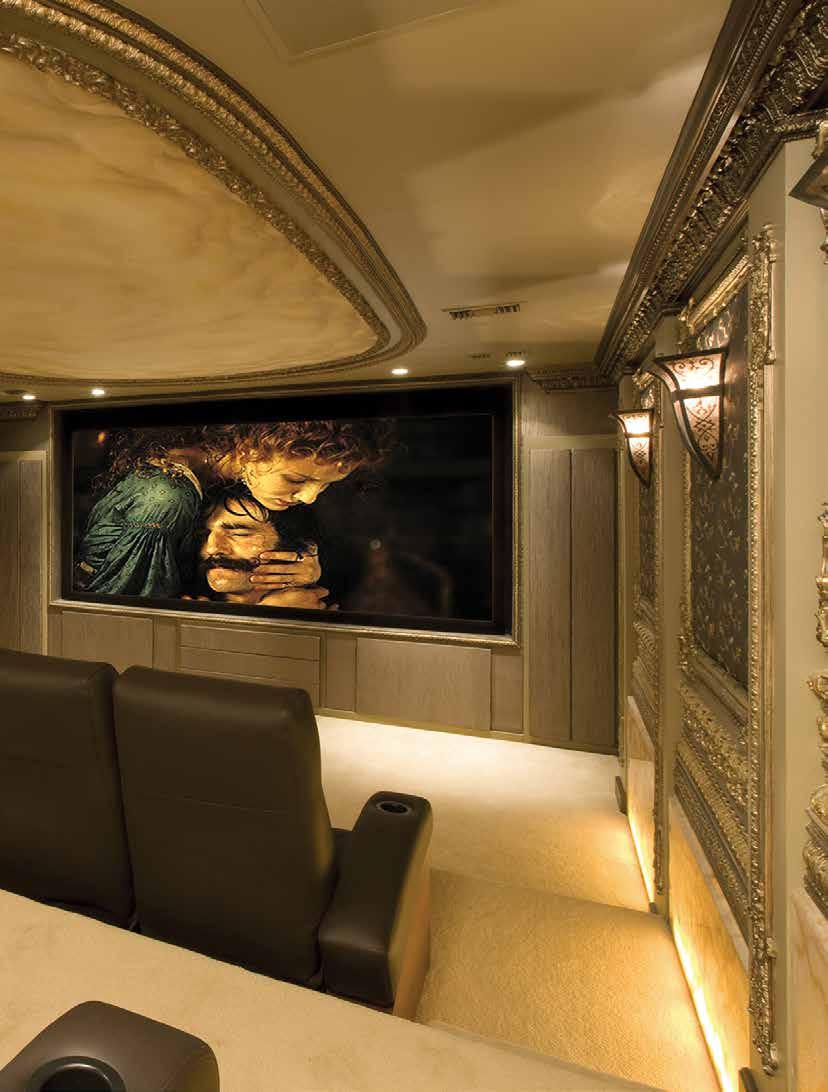
Noble is working on several projects with Brian Hoyer of In-Tone, an integrative media and music systems company. Hoyer and his wife, Laura, routinely team up with architects and designers.
“When you work together, you can shape rooms into special places for the homeowners,” Hoyer says. “With subtle touches, you can create symmetrical placements of windows and fireplaces seamlessly with televisions and sound.”
Hoyer, who grew up wanting to be an architect, started working with AV as a hobby in high school. He always focused on design details. As demand for his AV work grew, he made it is his living.





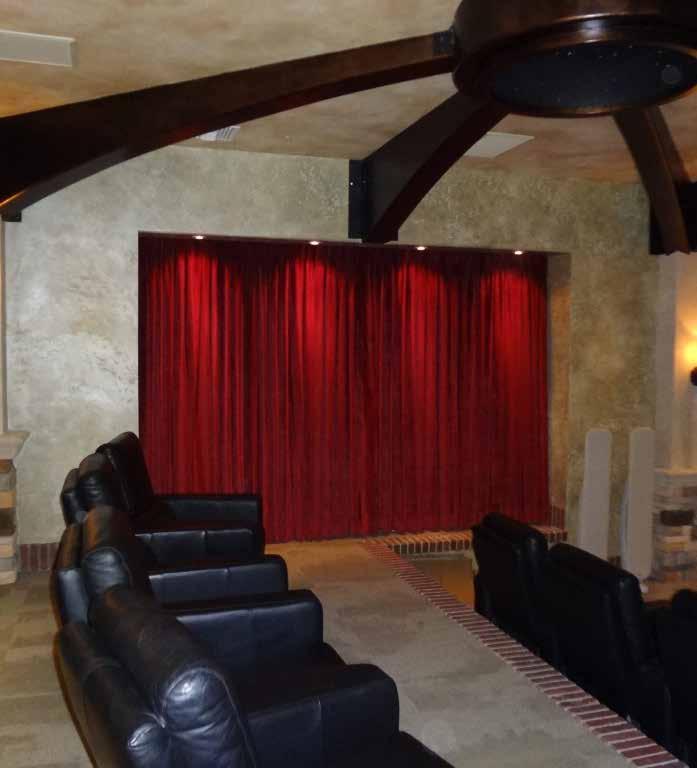
In his decades-long career, the evolution of listening to music and watching movies at home has been staggering. 1980s: Turntables, cassettes, boxy televisions, big speakers, VCRs. No integration. 1990s and 2000s: CDs, big-screen televisions, surround sound, DVD players, lots of remotes. Some integration. 2010s: Phones as music storage, flat-panel televisions, hidden speakers, voice-activated controls. Total integration.
“Never before have people’s music and film collections been larger,” Hoyer says. “And it all can fit in their pockets.”
While Hoyer and the rest of us have seen this huge tech shift in our lifetime, his guiding principle of integrating media into the home has remained the same.
Keep it simple. Eliminate all complexities.
“If it’s not easy for people, they won’t use it,” he says. “And that defeats the whole purpose.”
TOP THREE
Hybrid Rooms A decade ago, home theaters were all the rage. There might be a wine bar in another room. And a kitchen in another room. “People don’t like being closed off in separate spaces,” Hoyer says. “Families want everything to be in the same room to entertain.”
Voice Controls Remotes are becoming a tool of the past. People are using their voices to turn on music, choose films, and dim the lights. “It’s that keeping it simple thing again,” Hoyer says. Remotes can be complex and get misplaced. Voices don’t have those same issues.
Complete Personalization One person might want speakers simply on the patio while others want them throughout the whole home, including the loo. Others might want to mix in their extensive vinyl collection with their even more extensive digital library. “It all comes down to this: what are the person’s wants and needs?”
Stacy Downs writes about all things design and is a partner at MAD Creative, a branding and communications firm in Kansas City.







